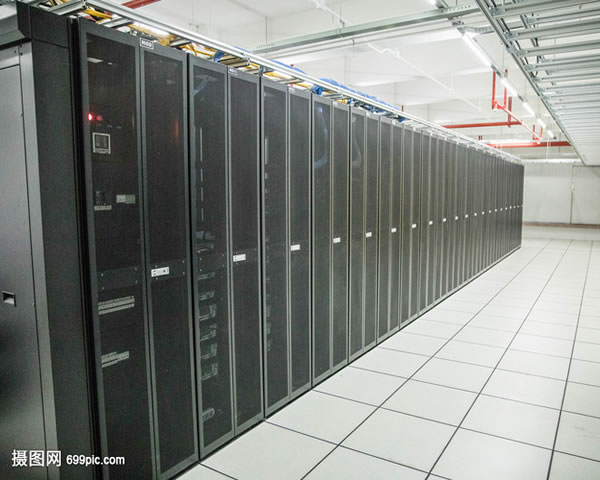With the continuous advancement of construction technology, machine-free elevators have gradually become a popular choice in the Hong Kong construction industry due to their advantages of saving space and reducing energy consumption. This article will discuss in detail the customization standards of Hong Kong's machine-free room elevators and their advantages and challenges in practical applications. Through in-depth analysis of its specifications, we can help relevant industry personnel better understand and apply this innovative technology.
Definition and characteristics of elevators without machine room
A machine-free elevator is an elevator system that does not require a special machine-room. Its main components can be directly installed in the elevator shaft or on the floor. This elevator is designed to maximize building space savings, especially suitable for places such as high-rise buildings and modern shopping malls. In addition, machine-free elevators usually use advanced drive technology, which has higher energy efficiency and lower noise levels, improving passenger comfort.
Customized standards for machine-free elevators in Hong Kong
The customization standards for machine-free elevators in Hong Kong are mainly formulated by the Hong Kong Architectural Department and related industry associations. These standards cover multiple aspects such as elevator design, construction, operation and maintenance. First of all, the load-bearing capacity and speed of the elevator must be reasonably configured according to the actual needs of the building. Secondly, safety performance is an important part of the standard, including emergency braking systems, overload protection devices, etc., to ensure the safety of passengers.
Design and construction requirements for elevators without machine room
When designing a machine-free elevator, the overall structure and spatial layout of the building need to be fully considered. The shaft of the elevator should meet the relevant dimensions and shape requirements to ensure that the elevator is stable and safe during operation. In addition, during the construction process, the construction team must follow strict quality control standards to ensure that all components are installed in compliance with the specifications, thereby ensuring the long-term and stable operation of the elevator.
Application scenarios of elevators without machine room
Machine-free elevators are widely used in a variety of scenarios due to their flexible design and efficient performance. In high-rise residential buildings, machine-free elevators can effectively save floor space and provide residents with a larger living area. In commercial buildings, machine-free elevators can improve customers' riding experience and attract more customers. In addition, with the promotion of the concept of "green building", many new projects have priority to machine-free elevators to reduce energy consumption and carbon emissions.
The importance of machine-free elevators in maintenance and management
Although machine-free elevators have many advantages in design, their maintenance and management cannot be ignored. Regular maintenance and maintenance can effectively extend the service life of the elevator and ensure its safety performance and operating efficiency. Relevant regulations in Hong Kong have clear requirements on the maintenance and inspection frequency of elevators. Building managers should formulate corresponding maintenance plans based on these requirements to prevent potential safety hazards.
Future development trends and suggestions
With the continuous advancement of technology, the performance and functions of machine-free elevators will continue to improve. In the future, intelligence and automation will become important development trends for machine-free elevators. For example, an elevator with integrated IoT technology will be able to monitor usage in real time and warning for failures in advance. In addition, research on machine-free elevators should be strengthened in the industry to promote their application in a wider range of fields. It is recommended that relevant companies pay attention to technological progress and actively participate in the formulation of industry standards to enhance market competitiveness.
To sum up, the customization standards and applications of Hong Kong's machine-free elevators have important practical significance. By deeply understanding and applying these standards, the construction industry can better meet the needs of modern buildings and improve the safety and comfort of buildings. We recommend that relevant practitioners pay attention to industry trends regularly and keep learning and updating to meet future challenges.

- Latest articles
- Differences And Optimization Suggestions Between Hong Kong, United States, Japan And South Korea Site Groups
- Gcorelabs Japan Vps Review And User Experience Sharing
- Do You Dare To Use German Luxembourg Server Security Analysis?
- Reasons And Recommendations For Choosing Southeast Asia And Cambodia Cloud Servers
- Alibaba Cloud Us Server Price Analysis And Preferential Information
- Analysis Of Uses And Industry Applications Of Hong Kong’s Native Ip
- Detailed Analysis Of The Benefits And Advantages Of Hong Kong Server Hosting
- Discover The Reality Of Whether There Are Google Servers In Thailand
- Advantages And Price Analysis Of Server Rental And Hosting In The United States
- How Effective Korean Kt Servers Can Improve Your Online Experience
- Popular tags
-
Advantages And Selection Guide Of Hong Kong Server Ps Computer Room
understand the advantages and selection guide of hong kong server ps computer room to help you make wise decisions. -
How To Find The Best Solution For Hong Kong Native IP Optical Computing Cloud
This article discusses how to find the best solution for Hong Kong native IP optical computing cloud, including selection criteria, usage scenarios and recommendation strategies. -
Advantages Of Hong Kong Site Group Server And Its Importance In SEO
Discuss the benefits of Hong Kong site group server and its importance in SEO to help you succeed in online marketing.


